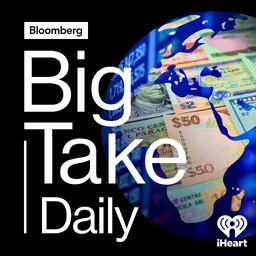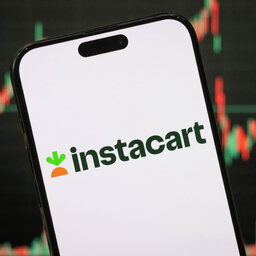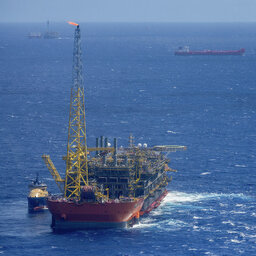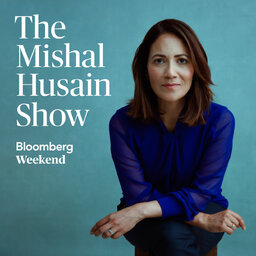80% of What We Buy Goes Through Ports. They’re Changing, Fast
Ports often make the news when they break: like the bridge collapse that shut down Baltimore's port earlier this year. But every day, ports in cities around the world keep supply chains humming and feed local economies; every year, they help move 80% of the things we buy.
As conflicts between world powers intensify, ports are also the latest battlefields where geopolitical power is won and lost. On today’s episode, Bloomberg’s Brendan Murray tells host Sarah Holder how ports, from Belgium to Peru, are becoming strategic sites for countries to defend their interests. And why trillions of dollars are on the line in order to make these ambitions happen on time.
 Big Take
Big Take


